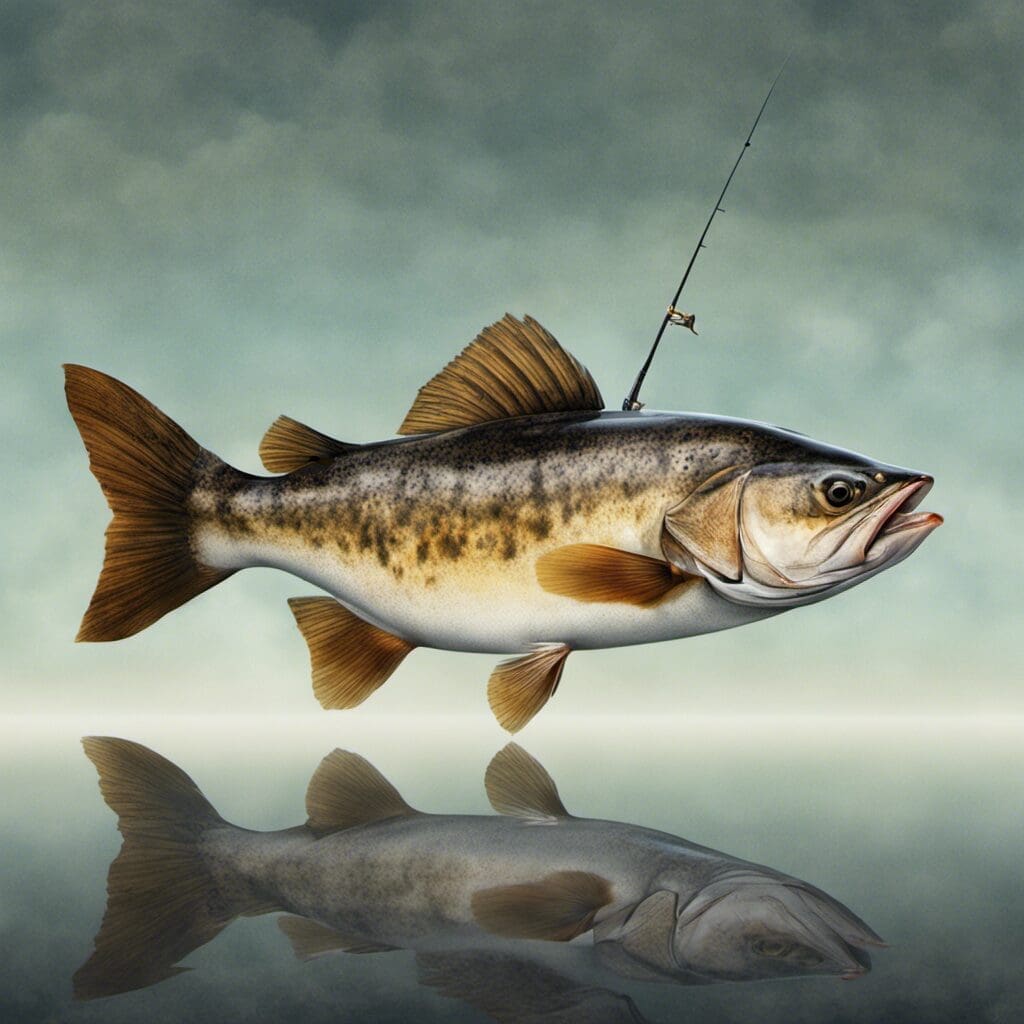Introduction
The Saratoga (Scleropages leichardti), also called the Australian arowana, is a freshwater bony fish that belongs to the Osteoglossidae family. Known for its stunning golden to red colouration and streamlined shape, it’s a popular target for recreational anglers.
Conservation Status
Despite being a popular catch, the Saratoga is not currently listed as threatened or endangered. Additional conservation efforts include fishing regulations like bag limits and size restrictions in certain areas, designed to preserve the species.
Statistics
| Stats | Average | Range |
|---|---|---|
| Length | 90 cm | 70-120 cm |
| Weight | 8 kg | 5-12 kg |
| Lifespan | 15-20 years | n/a |
Distribution
The Saratoga is typically found across Northern Australia, with populations also found in Papua New Guinea. They don’t demonstrate any significant migration patterns. They tend to remain in freshwater systems such as rivers, billabongs, and swamps.
Habitats
The Saratoga favors warm freshwater environments. They can often be found in shallow depths, and thrive in temperatures of 24-30°C.
When and Where to See
Saratogas are generally more active during the early morning and late evening, especially in the warmer months.
Best Fishing Locations
Saratogas are commonly found in waters throughout Northern Australia, particularly in the following locations:
- Gulf of Carpentaria
- The Kimberley
- Capricorn Caves
- Lake Mulwala
- Darwin River
For those unable to visit these specific locations, Saratoga often inhabit heavily vegetated areas of freshwater systems – look for them among submerged trees or near the surface of quiet waterholes.
How to Catch
The Saratoga is an aggressive species and will readily strike at a variety of lures, including surface plugs, spinnerbaits, and soft plastics. Fly fishing with streamers or poppers can also be very effective. The best time for fishing this species is early morning or late evening.
Identification Guide
Saratogas are characterized by their dark green to brown color, elongated body, and uniquely upturned mouth. They have large scales, a long dorsal fin, and an orange to red hue on the fins. They can be distinguished from their close relative, the Asian arowana, by their smaller size and the absence of bony ridges.
Culinary
Saratoga meat has a rich, sweet taste and delicate texture. It can be grilled, baked, or steamed, often flavored with herbs like dill or garlic.
Additional Information
Saratogas are known for their unique jumping ability, which they use to catch prey. They are dominant predators and feed on insects, smaller fish, and crustaceans. The species is also known for their elaborate courtship rituals, which involve dancing and color changes.
All prospective Saratoga anglers are encouraged to research and follow local fishing regulation in order to contribute to the conservation of this unique species.

